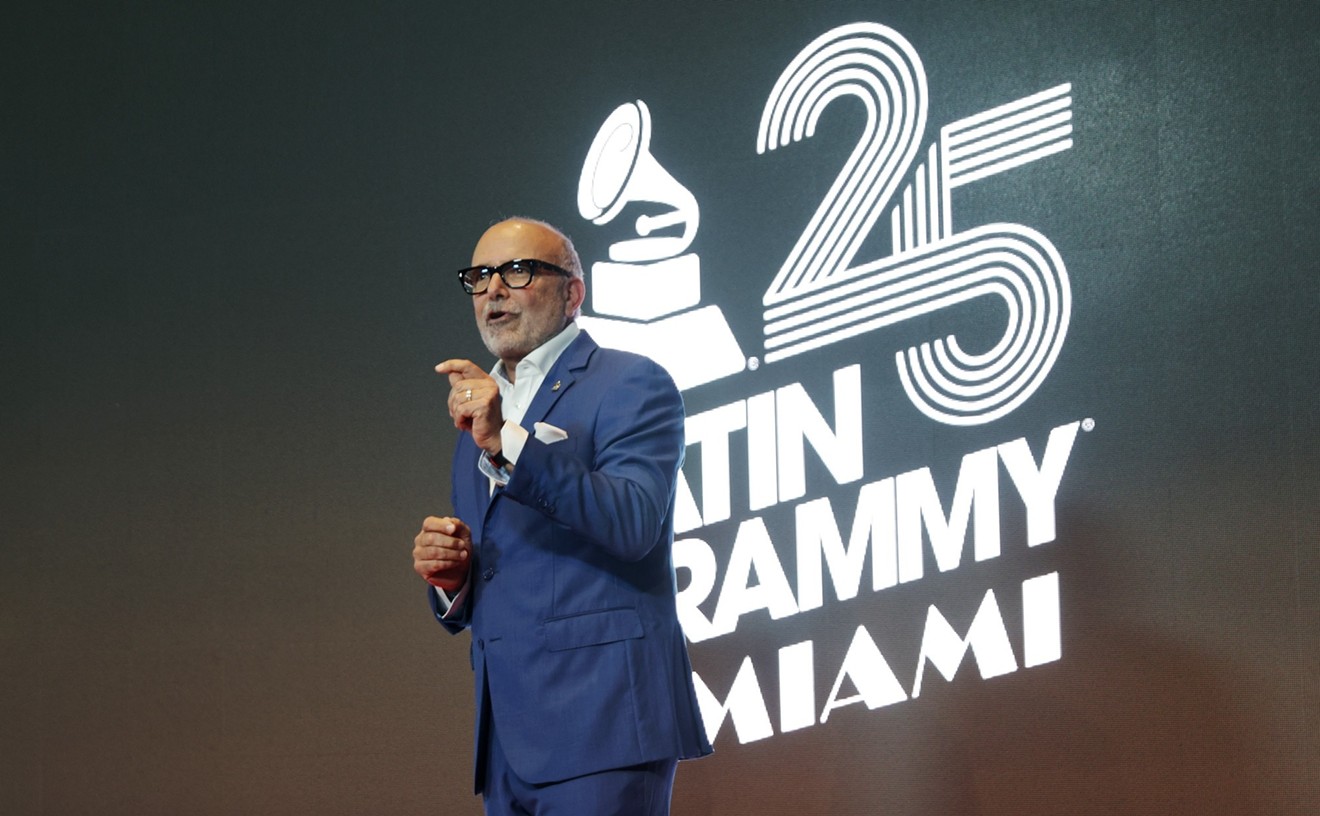Music vet and New Times scribe Lee Zimmerman offers his insights, opinions, and observations about the local scene. This week: Building a scene in order to be heard.
After our visit to Bonnaroo recently, we decided to spend a couple of days in Knoxville, Tennessee. It is our second home, of sorts, because we own a rental home up there and have eyed the area as a prime prospect for our eventual retirement. It's lovely up there, surrounded by beautiful scenery and populated by the some of the nicest people you'll ever want to meet. We've made a lot of friends in eastern Tennessee over the years, and many of them are musicians of considerable merit. It's one of the things that's especially cool about that area. Its vital music scene has not only made national inroads but prides itself on being closely supportive of local acts.
People who have lived here awhile always talk about the South Florida scene, one that encompasses the broad geographical plain that stretches from Palm Beach County to the southernmost reaches of Miami-Dade. Yet, the fact is, this area is much too large and diverse to have a true unified embrace like the one in Knoxville and many other cities, both big and small. There is no single genre that's predominant here, and with Latin, hip-hop, rock, and pure pop all competing for attention, the divide between local musicians becomes increasingly large. I wouldn't call Knoxville one-dimensional in terms of the musical output, but suffice it to say that it harbors a rootsy Americana sound that's generally appreciated by all there.
While diversity is generally a good thing, it doesn't necessary breed a common bond. As a result, the local musicians who survey the same style are likely to travel in the same circles and share the same bills. But as far as purveying a South Florida sound per se, suffice it to say, there's way too much ambiguity to nail down a definitive style that can bind the locals together.
The other problem that we encounter in these environs is the lack of a vital club scene that fosters local musicians of the non-cover band variety, especially in Broward and Palm Beach counties. Original music isn't seen as profitable. Better to churn out the same tired covers, so as to nudge patrons out on the dance floor and encourage them to buy more booze. Apparently, the locals don't like original music, at least not enough to come in off the sidewalk and forsake the tried and true. Personally, if I hear that horrible "Play That Funky Music White Boy" one more time I may start begging for bath salts.
In Knoxville, there are plenty of funky little bars where you can go in and get a beer and a burger for a reasonable price and then sit comfortably and listen to a budding singer/songwriter. And there are plenty to choose from, most of them pretty good. On the other hand, while solo singers armed with acoustic guitars may not be in short supply in South Florida, venues where they can perform generally are. The Broward Center for the Performing Arts deserves kudos for their monthly songwriter showcases in their Abdo New River Room, but for the most part, that's the only consistent programming that offers this enticement.
In recent years, local promoters have done a better job of luring more national and international acts -- Revolution and the Culture Room have a great deal to do with that -- but the number of local clubs and watering holes where original live music is nurtured to any great degree is sorely lacking. I can name a couple of places -- Titanic in Coral Gables, Luna Star Café in North Miami, The Stage in downtown Miami, the Bamboo Room in Palm Beach -- but sadly these habitats are too few and far between.
Music clubs serve another function, to bring together the local music community and to serve as a conduit for musicians to hang out, check out other players, compare notes, and simply build on their common bond. As it is, however, there's little opportunity for networking, and most locals are forced to operate in a vacuum, unless of course they happen to be on the same record label (a la Forward Motion) or are willing to travel a great deal of distance to catch the competition in far-flung destinations.
Ultimately, any definition of a local scene begins and ends with the musicians themselves and their ability to give an area its identity. Once there's an identity, local pride inevitably follows. That's what motivates people to go out and support their favorites. The result satisfies all concerned -- the bands, the fans and the club owners brave enough to lend their venues for live original music. South Florida is a big place and that makes the dots all the more difficult to connect. But if and when they do, the results can indeed set the scene.
New Times on Facebook | County Grind on Facebook | Twitter | e-mail us |










